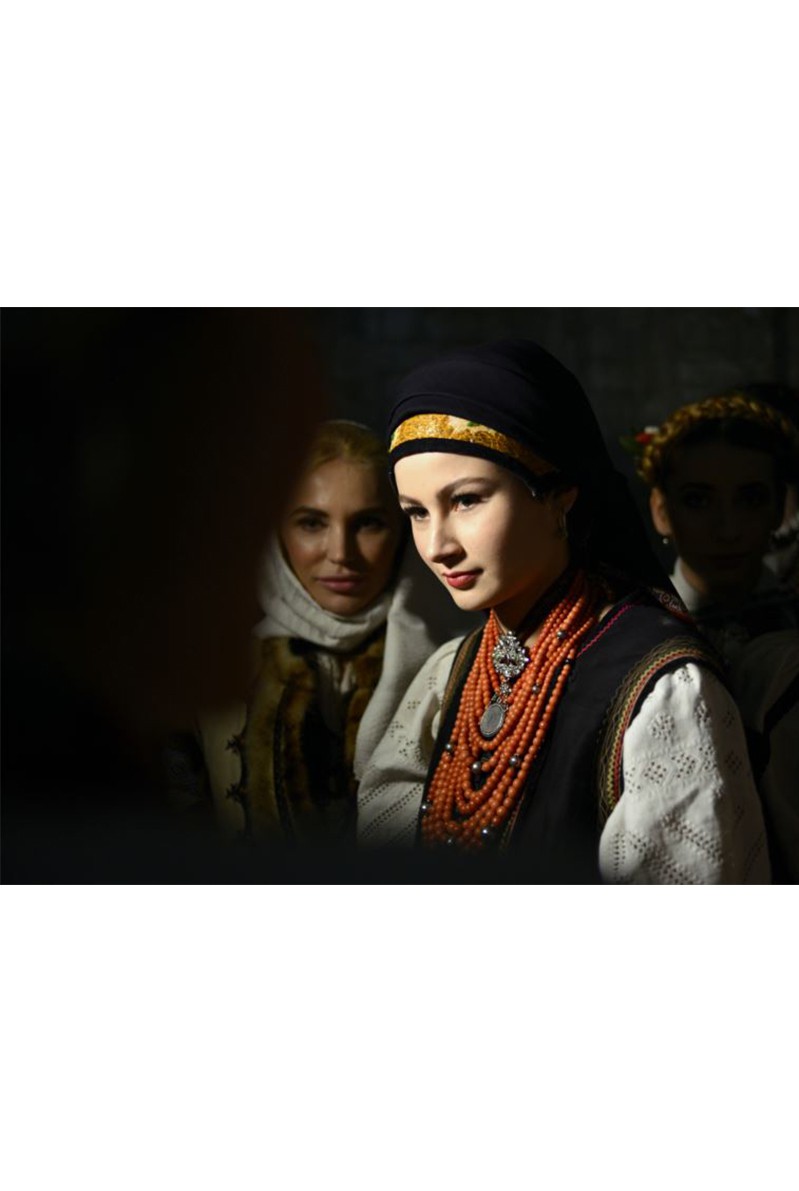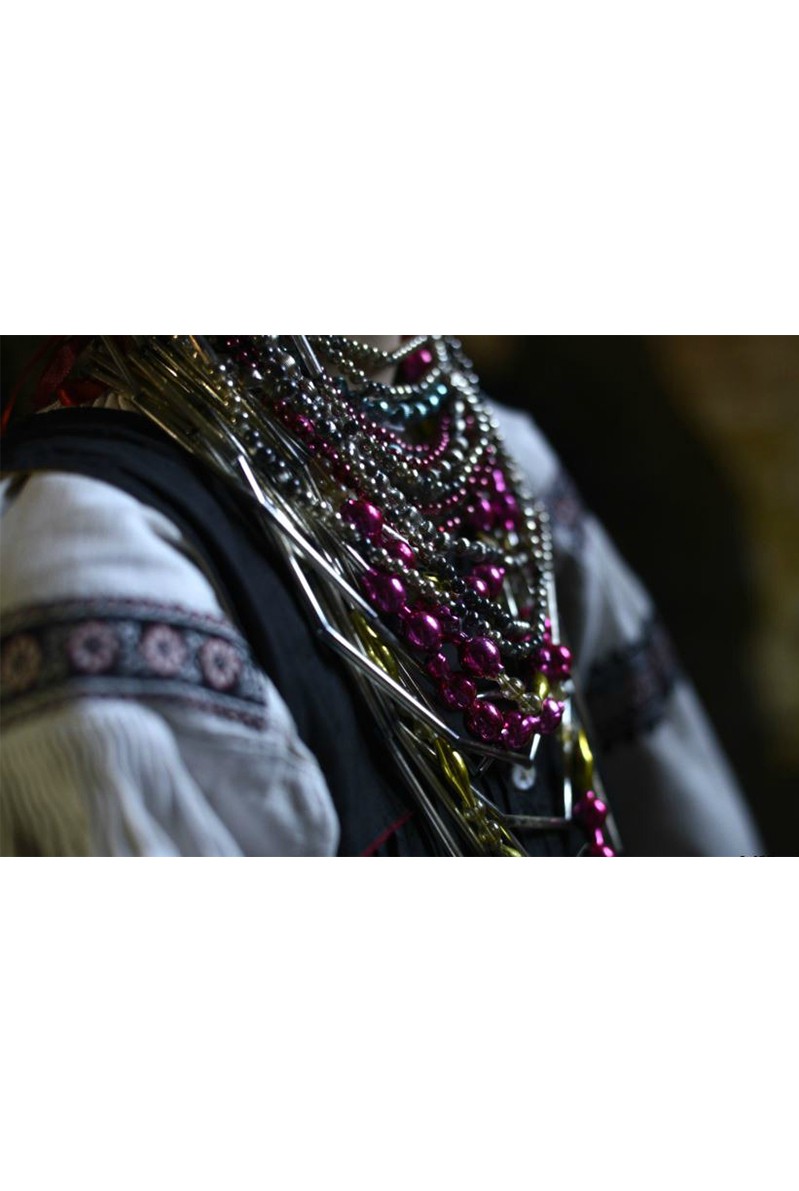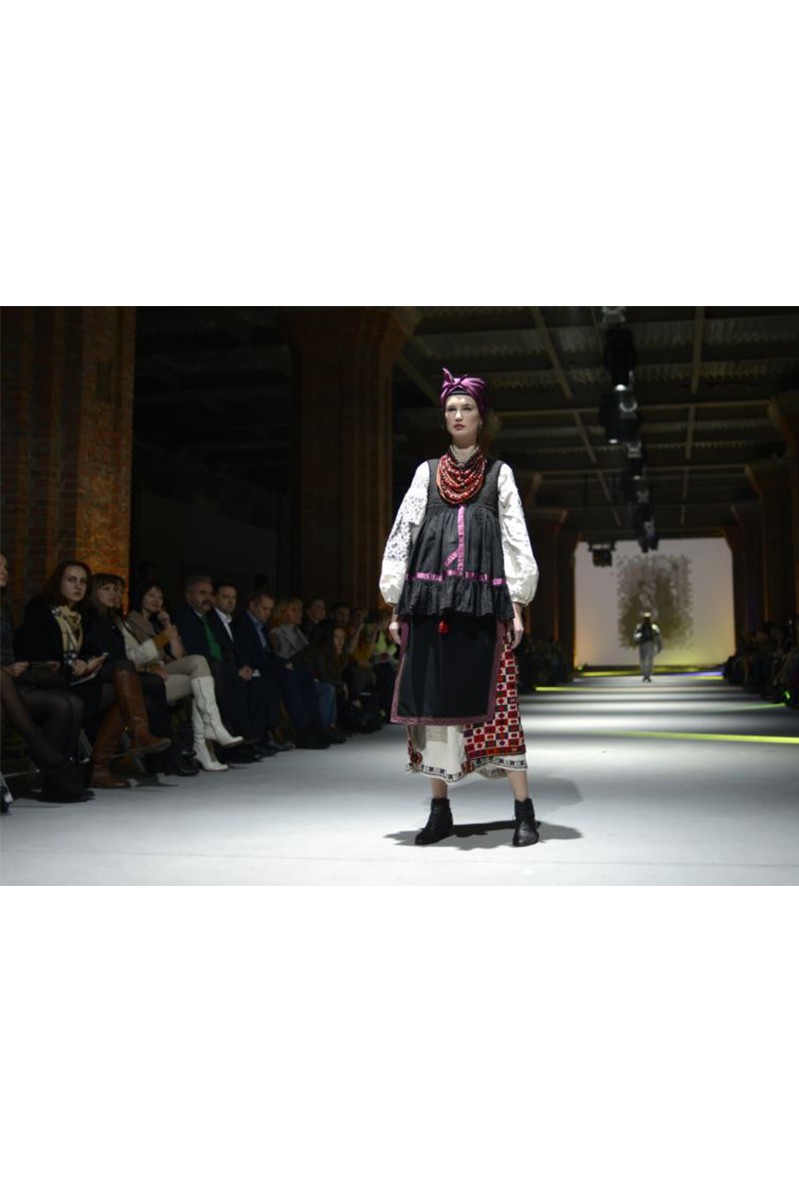A Brief History of Embroidery
Beautifully embroidered clothes are very popular today. If you surf through old fashion magazines, you will see that this particular element has been present in almost every major collection for decades. That is why we've delved further into the history of this beautiful craft.
Beautifully embroidered clothes are very popular today. If you surf through old fashion magazines, you will see that this particular element has been present in almost every major collection for decades. That is why we've delved further into the history of this beautiful craft.
When did embroidery begin?
Embroidery is one of the most ancient forms of needlework – though few people understand exactly how old this craft really is. According to archaeological research, we can safely say that people have worn embroidered clothes for well over 4,000 years and, fascinatingly (and somewhat contrary to belief), has been practised all over the world.
Who is known to create and wear embroidery?
For centuries, elements of embroidery in one’s costume showed the status of the wearer and indicated wealth. A famous Greek historian, Herodotus (B.C. 484-425), wrote about elaborately embroidered clothes worn by The Scythians, who lived in the central regions of Eurasia. Ancient Greeks themselves often decorated their clothes with various embroidered elements, too.
There is also China, with its incredible needlework specialists who turned embroidery into an art form. The oldest examples of their craft date back to the Zhou Dynasty (B.C. 1027-221). India and other Asian countries were not far behind, either. Each of these countries had – and continue to portray – their own distinct embroidered patterns.
Studying the clothes of Indian tribes recovered from tombs in both North and South America show that tribes also appreciated the beauty of embroidery. In a way, the intricate needlework on their clothing – which is vastly similar to others found in Europe and Middle East – almost certainly proves that America had been discovered by travellers from the largest continent way before Columbus set sail.
Who else might wear embroidered clothes?
Other cultures known to wear embroidered clothes include native Mexican tribes (The Maya, The Aztecs, The Mixtec, and so on), as well as Eastern European slaves, and those living in the Middle East and Asia (Pakistan, Iran, Tajikistan, Palestine, Albania, Saudi Arabia, Turkey). Believe it or not – even the Portuguese, Italian, French, Romanian, Hungarian, Norwegian, and Baltic people have been known to create, wear and use embroidery.
Today, fashion designers follow tradition and introduce various embroidered elements in their own work each season. For instance, one of Valentino's recent collections focused on various types of ethnic embroidery (and was received very well, might we add!). This style continues to gain popularity due to a flurry of emerging, Eastern European designers – such as Vita Kin, Yulia Magdych, and Oksana Karavanska.





